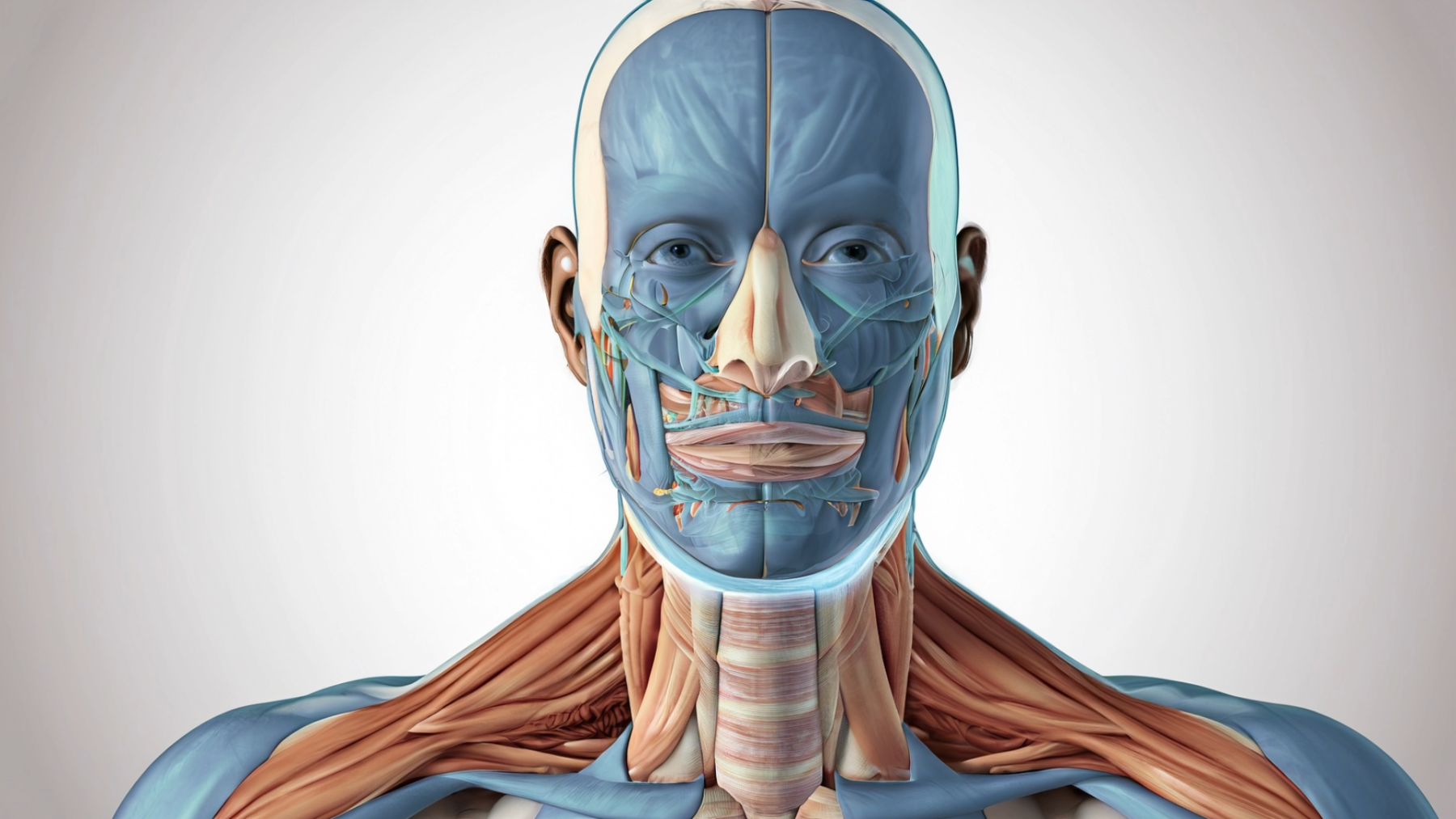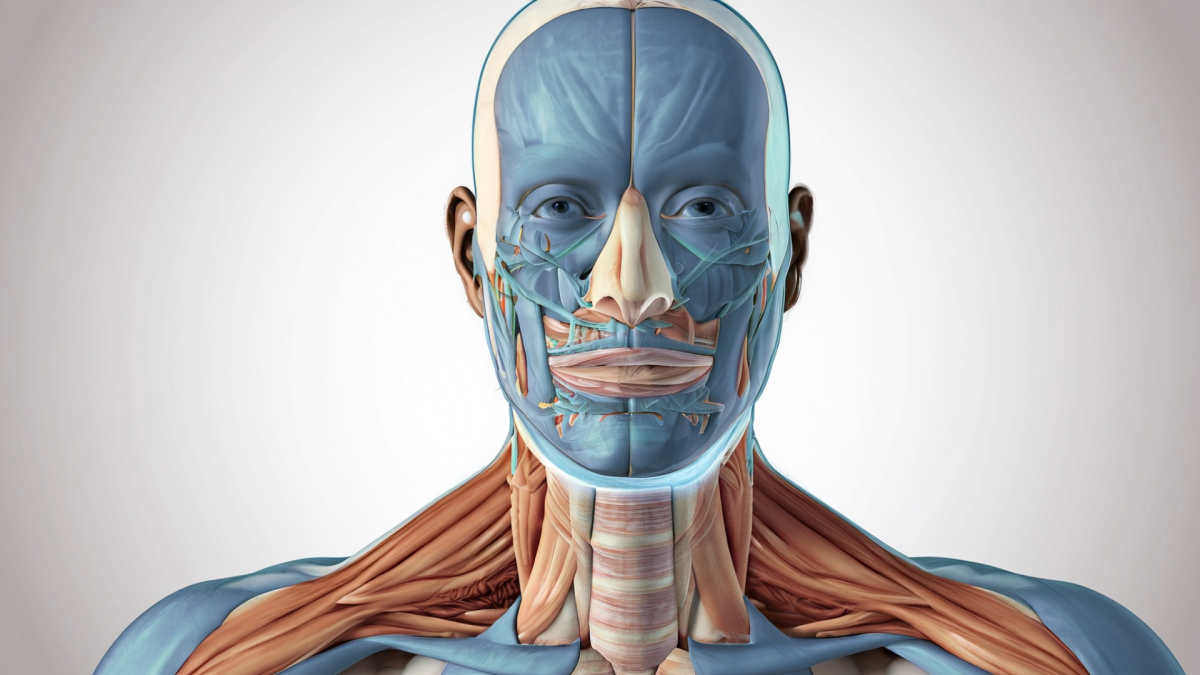
Diagnosing Huntington's Disease Using Gel Electrophoresis
by Cristi Sims
Students will use Gel Electrophoresis to diagnose the dominant, fatal, genetic disorder of Huntington's Disease, a neurodegenerative disorder caused by an excessive number of CAG repeats in the DNA which results in the aggregation of Huntington proteins that blocks proper neurological functioning. It is a great way to introduce the biotechnology of gel electrophoresis using a backdrop of student understanding of genetics and the impact of mutations on protein structure and function. In addition, by using a "case study" approach, this humanizes the diagnostic aspect and introduces the ethical questions surrounding genetic testing including whether or not the people involved will ever be eligible for health insurance if they test positive for the disorder.
Lesson Plan Link/URL
https://docs.google.com/presentation/d/1x5j_SYOenycOvpRazP9RPkdhZb-64a6Y/edit?u…
Featured
Off
Related Content

Grades:
9th Grade, 10th Grade, 11th Grade, 12th Grade
The lesson is adapted from resources created by the Green Drone AZ Project. This is module 1 of 4 featuring focused activities to address real-world environmental challenges within Arizona communities

Grades:
9th Grade, 10th Grade, 11th Grade, 12th Grade
This is best for high school AP/IB/Honors Biology students for using clay and miscellaneous items to model and then film their model of Cellular Respiration to better understand how the Electron

Grades:
6th Grade, 7th Grade, 8th Grade, 9th Grade, 10th Grade, 11th Grade
Description: In this engaging lesson, students dive into the fascinating world of bone anatomy by creating styrofoam models of bones and simulating fractures. Through hands-on activities, students use